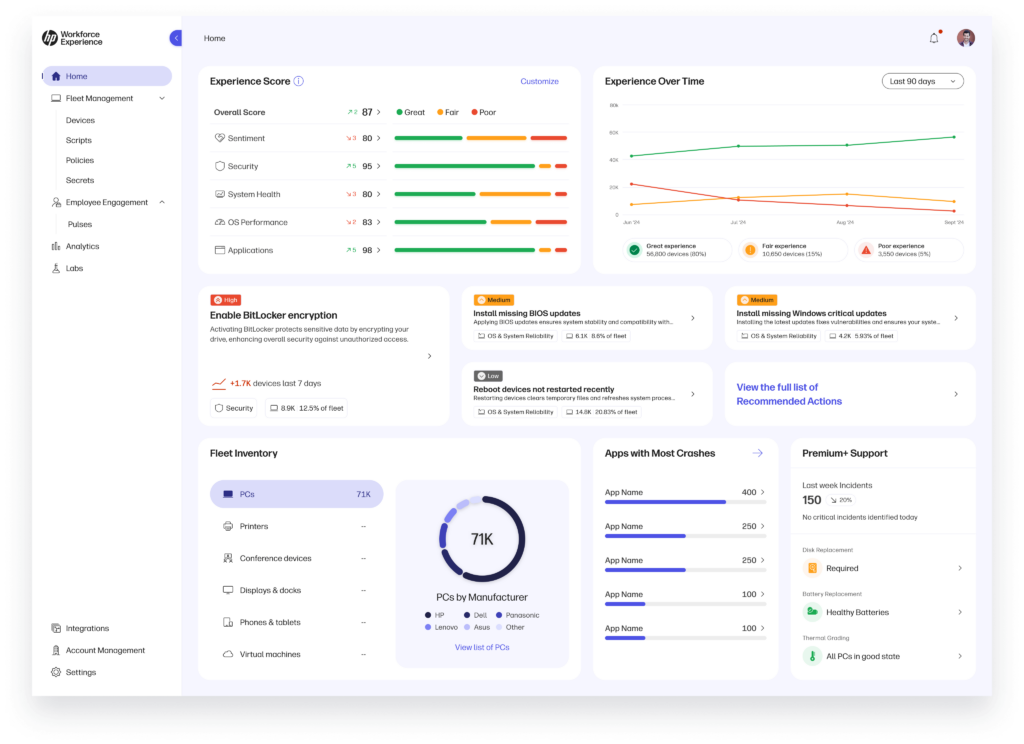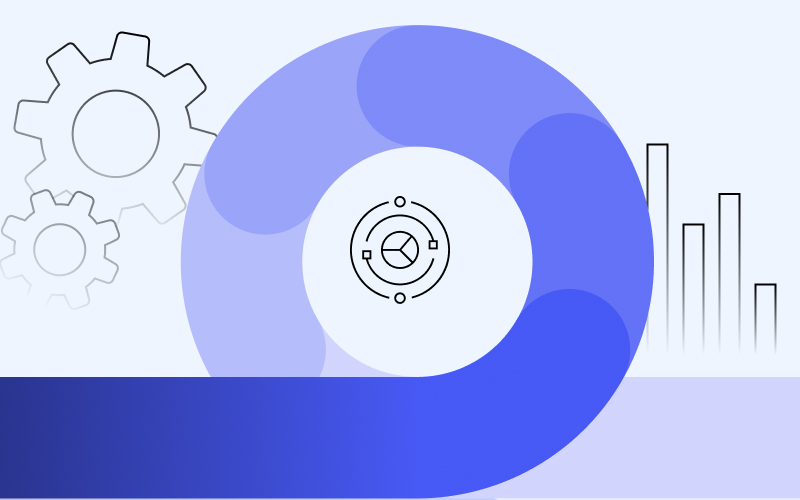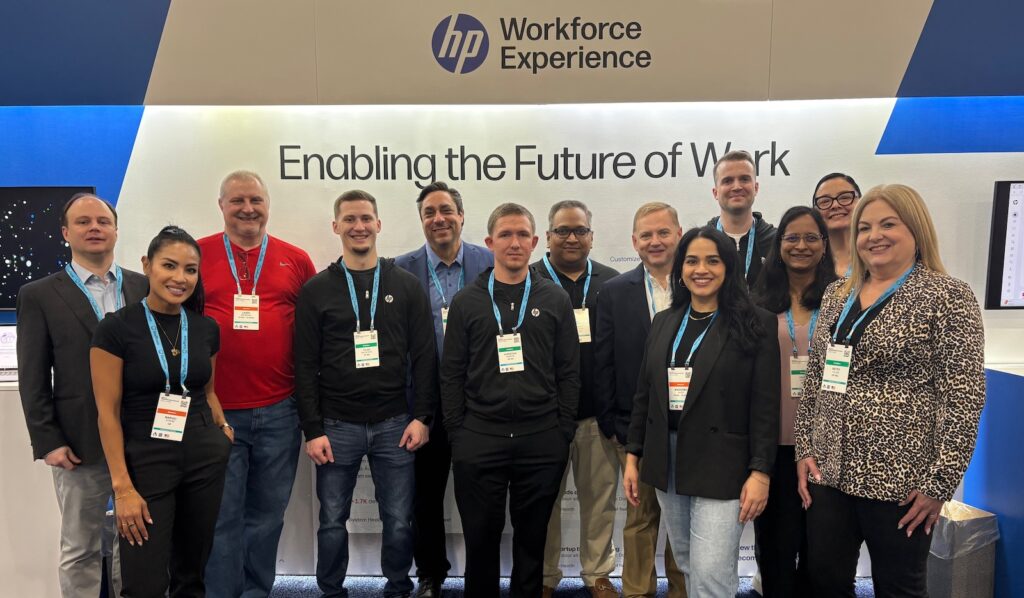Architecting a World-Class Digital Employee Experience

Table of contents
This article was originally published in Forbes.
As a former CEO and CTO, I’m frequently surprised by how often business leaders underestimate the impact of workforce technology on organizational productivity and performance. Employees are 230% more engaged and 85% more likely to stay more than three years in their jobs if they feel they have the technology that supports them at work.
Furthermore, highly engaged staff improve almost every business metric, including a boost to profitability and higher earnings per share. The net-net: Give employees the tools they need to be successful if you want your business to be successful.
The shift to flexible work, which is not going away anytime soon, has massively strengthened the relationship between workforce technology and employee engagement. However, the sheer number and variety of devices, apps, networks, operating systems and cloud environments have proliferated to astonishing levels. This complexity not only puts immense strain on workers but also presents obstacles to optimizing performance while supporting thousands of staff around the world.
When it comes to managing the digital employee experience, I believe few businesses are succeeding as much as they could be. On average, employees lose 22 minutes each day, or over two weeks per year, dealing with IT issues. Meanwhile, only a quarter (27%) of staff say their organization gives them the right tools to succeed.
A Radical Approach: Defining Engagement as an Output
Employee engagement should not be viewed in isolation. Technology and the employee experience are inextricably linked, and if organizations fail to thoughtfully align the two, they can risk wasting money, energy and an employee’s valuable time. Instead, there needs to be a more holistic and strategic approach that looks at workforce tech and engagement as one.
To address this challenge, organizations need to take a novel approach and define engagement as an output rather than simply a metric. Doing so requires a complete overhaul of the digital experience architecture, starting with critical building blocks for reinventing the modern workforce and elevating productivity.
Five Core Priorities for a World-Class Digital Employee Experience
So, what are some of the technical requirements for offering a modern, frictionless digital workforce experience that not only retains high performers but also enables them to do their best work? Below, I’ve identified what I believe are five essentials for every organization.
1. Dynamic self-repairing and self-optimizing capabilities
There’s no magic involved when it comes to self-healing technologies. With today’s computing power, it’s possible to take a single platform-level approach to monitor millions of endpoints across a broad range of operating systems and devices, including computers, printers and videoconferencing equipment.
Crucially, device issues can be proactively detected and automatically remediated before employees even realize there’s a problem. Self-repair can also help reduce waste by extending the life of devices and supporting battery or control center optimization. When evaluating self-healing IT solutions, companies must ensure they integrate seamlessly with their existing tech stacks. Security and regulatory compliance are important considerations as well.
2. Agile tech infrastructure
Everyone in IT knows it can take days or weeks to configure and ship a new machine. They also know it’s not practical or efficient to send computers out to every worker in every location, especially if you have temporary specialist roles like designers, producers and developers.
Ensuring a powerful and secure remote computer setup—with a virtual machine accessible through the cloud—can help provide instant tech horsepower anywhere and anytime it’s needed. It’s important to note that companies must prioritize training employees on how to use remote technology to help minimize digital friction. Scalability, flexibility, compatibility and ease of collaboration are also paramount when evaluating potential solutions.
3. Always-on engagement tracking
Fast, real-time tracking of the complete employee experience is vital in today’s digital workplace. High-quality data enables IT to not only conduct more proactive tech repairs but also boost productivity so the workforce can get the biggest bang for their buck from the tools they use. Turnkey pulse surveys can provide contextual intelligence that CIOs are often missing and empower businesses to take a more data-driven, strategic approach to improving the employee experience.
4. Bulletproof security for flexible work
Employees are working across more devices than ever before, and they expect a seamless, secure experience. Organizations should embrace this evolution while doing everything they can to protect their staff. That includes fostering an environment of trust and effectiveness with robust endpoint security solutions, including encryption, identity, access controls and data loss prevention.
5. Enhanced workflow improvement and automation
Investing in tools and resources that proactively map processes, systems and personnel is one of the most effective strategies for accelerating positive organizational change. This approach enables continual assessment of how tasks can be streamlined.
With the power of AI, traditional processes can become less cumbersome and time-consuming. Workflow software can automate a surprising number of steps, saving time and energy and freeing up staff for higher-value work.
Leveraging Orchestration to Unlock Ultimate Value
Deploying any one of these capabilities can help improve the workforce experience, but I believe strategically combining them can be transformative. That’s why data and API orchestration are critical to optimizing the digital employee experience.
Ensuring a services layer that seamlessly connects and coordinates APIs into a single, coherent system can help deliver visibility and control over various functions while providing the flexibility and extensibility organizations need as they scale.
At my previous company, fabric, we dramatically reduced digital friction by integrating all key work functions using Slack’s robust integration layer. Bringing together Slack, meetings, calendar, email and Jira under one roof also allowed us to remove other applications, ultimately reducing our overall app footprint and streamlining workflows. With far less complexity, our teams became more efficient and productive.
As orchestration moves toward enabling companies to pick and choose any employee experience capabilities to build fully customized solutions that fit their individual needs, a platform-level approach can further help businesses gain a connective infrastructure to address the significant systemic challenges they face today.
When done right, this approach has the potential to reduce costs and waste while ultimately unlocking value and fueling long-term, sustainable growth.
HP Workforce Experience Platform (WXP) is a comprehensive and modular digital employee experience solution that enables organizations to resolve IT issues before they arise, protect against cyber threats, and personalize IT for every employee’s needs.
Subscribe to the HP Workforce Experience Blog or schedule a consultation with our team to begin optimizing your IT capabilities today.
From the blog
The latest industry news, interviews, technologies, and resources.
Unlocking Outlier Detection Across the Digital Employee Experience
What Is the IT Asset Lifecycle? How to Maximize ROI from Your IT Investments
Top Three Takeaways from the Gartner Digital Workplace Summit 2025





